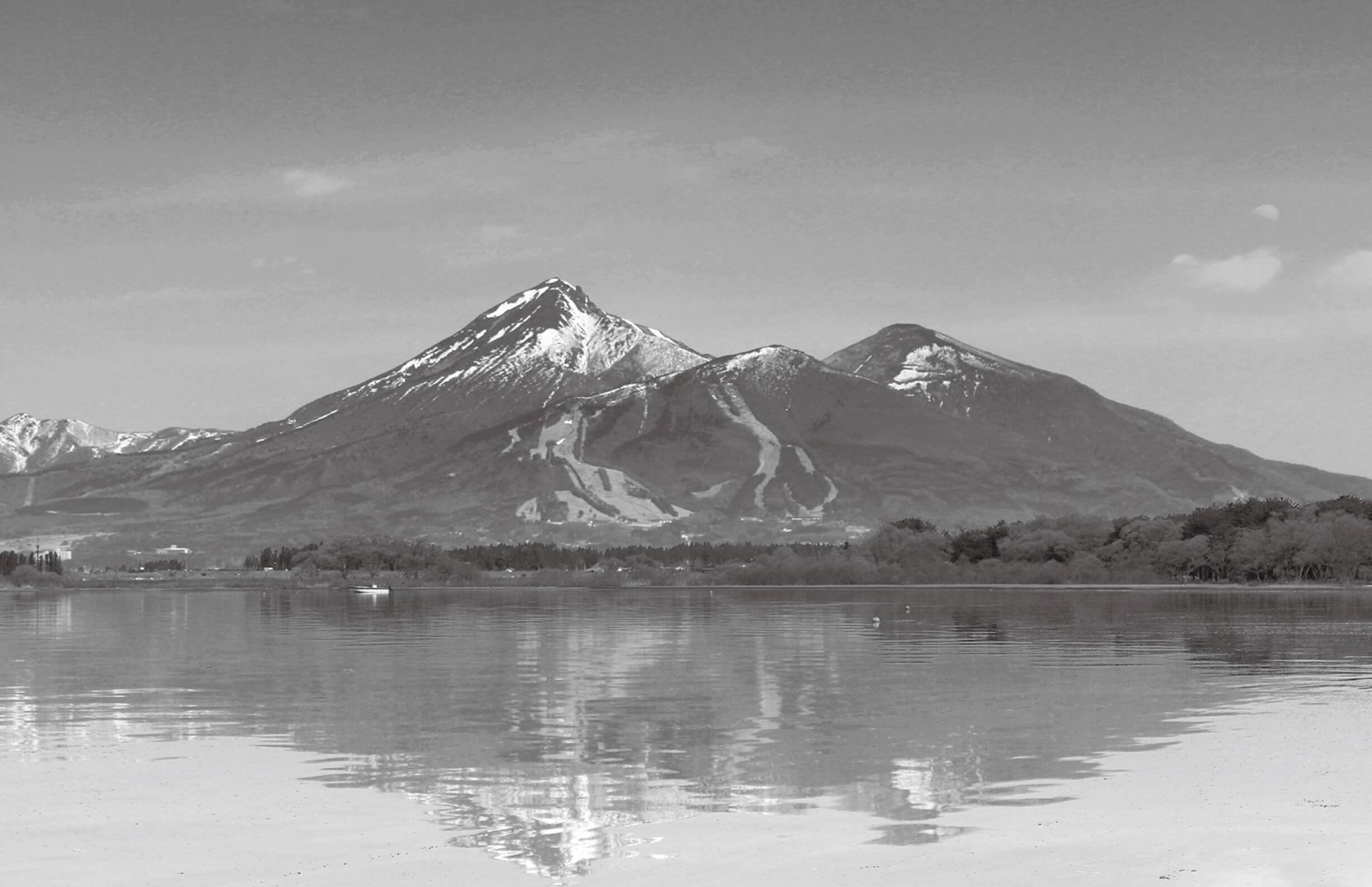

A climate conducive to whisky
It's said that it's the climate that makes the spirit. The five biggest whisky producers in the world include Ireland, Scotland, America, Canada and also Japan. The ingredients that produce whisky, and refine it in the barrel are wheat born of earth, cool clear water, and a climate with large differences in temperature.
Asaka plain, Fukushima Prefecture. This land, through which flows the Asaka canal, is home to the Asaka distillery, maker of the only local whisky in the Tohoku region. It was founded in 1946 when the Yamazakura Shuzo obtained a whisky license. Its history as a sake brewery stretches back more than 300 years to its establishment on the southern shore of Lake Inawashiro in 1710.
In 1765 it moved to Koriyama and continued to produce its famous sake, bathed in the wind blowing down Mt. Bandai. But the shortage of rice following the war forced the brewery on hard times. This is when it turned to making whisky, which gained popularity with the influx of western culture.


Turning a time of hardship
into a source of nourishment
After passing through the chaotic postwar period into one of rapid growth, the country entered the age of whisky. In the 1980s, Sasanokawa's Cherry Whisky, called "the northern CHERRY", "the eastern TOA" and "the western MARS", gained popularity as the paragon of the north. However, changing times and tastes later saw whisky enter an era of declining popularity. Before long the casks of maturing whisky were left sleeping in the back of the brewery.
At this time, other local whiskys also continued to face hardship.In 2003 the TOA distillery closed its doors. And through many twists and turns, the casks of unblended whiskey of TOA at Hanyu city eventually ended up in the company's Sasanokawa distillery. Nobody could have expected that these casks would lead to a venture whisky with a cult following known as "Ichiro's Malt".
All that can be said is that whiskey cannot be made in a single day and night. And the care and affection of the brewers had not vanished from a single drop of the unblended whisky. That sentiment had matured through months and years, growing stronger and transmuting into an amber liquid that could bring people merry times.
The portion of unblended whisky that disappears little by little as it matures in the cask, is known as "the angels' portion".
In 2014, the whisky which had been resting within the Sasanokawa sake brewery awoke from its peaceful sleep to be released as "YAMAZAKURA". Through half-forgotten hours, and giving a good portion to the angels, it spun time into strength. And the newly bottled "YAMAZAKURA" found unimagined popularity, being welcomed far and wide.
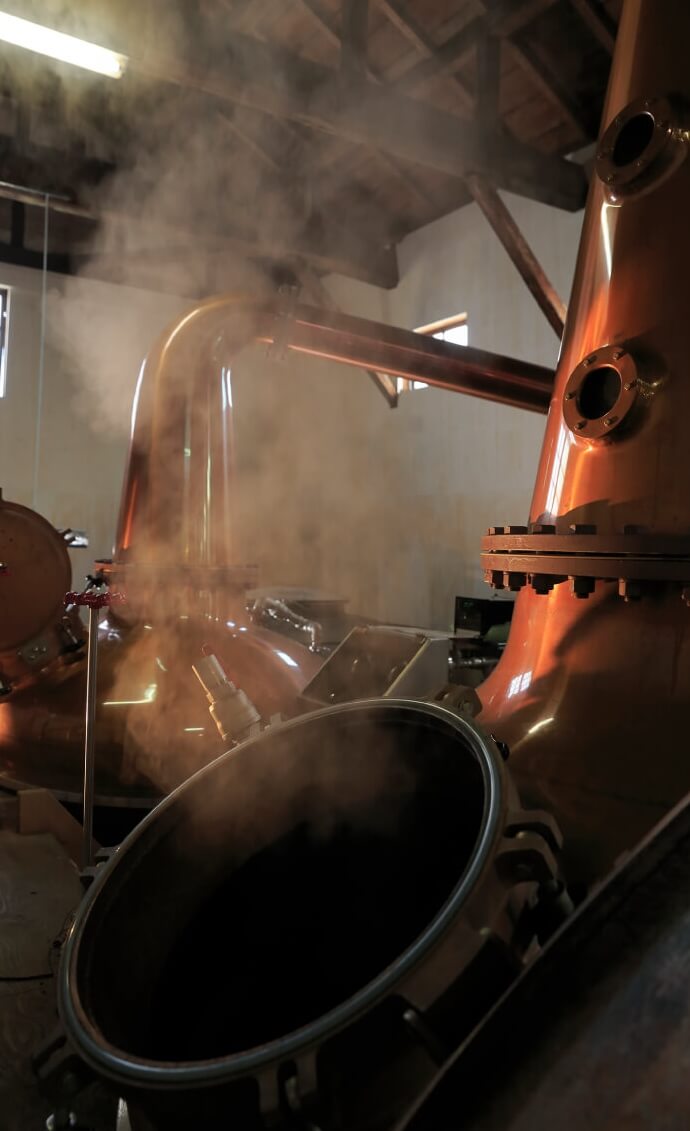
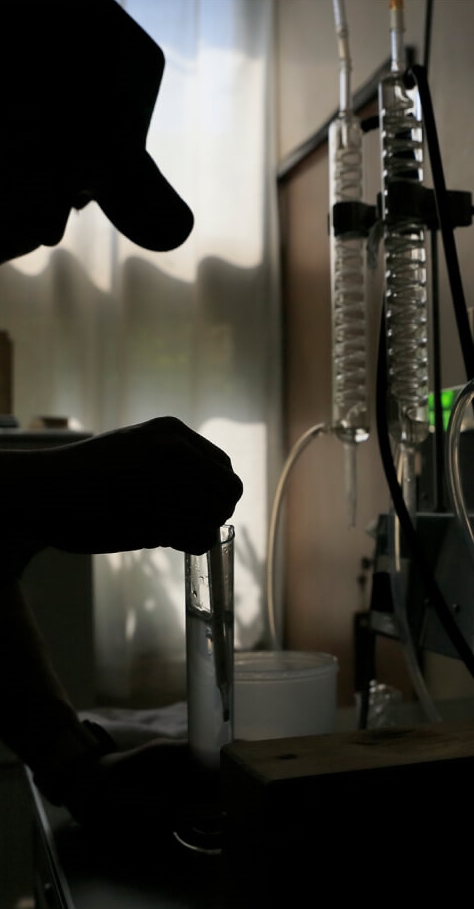

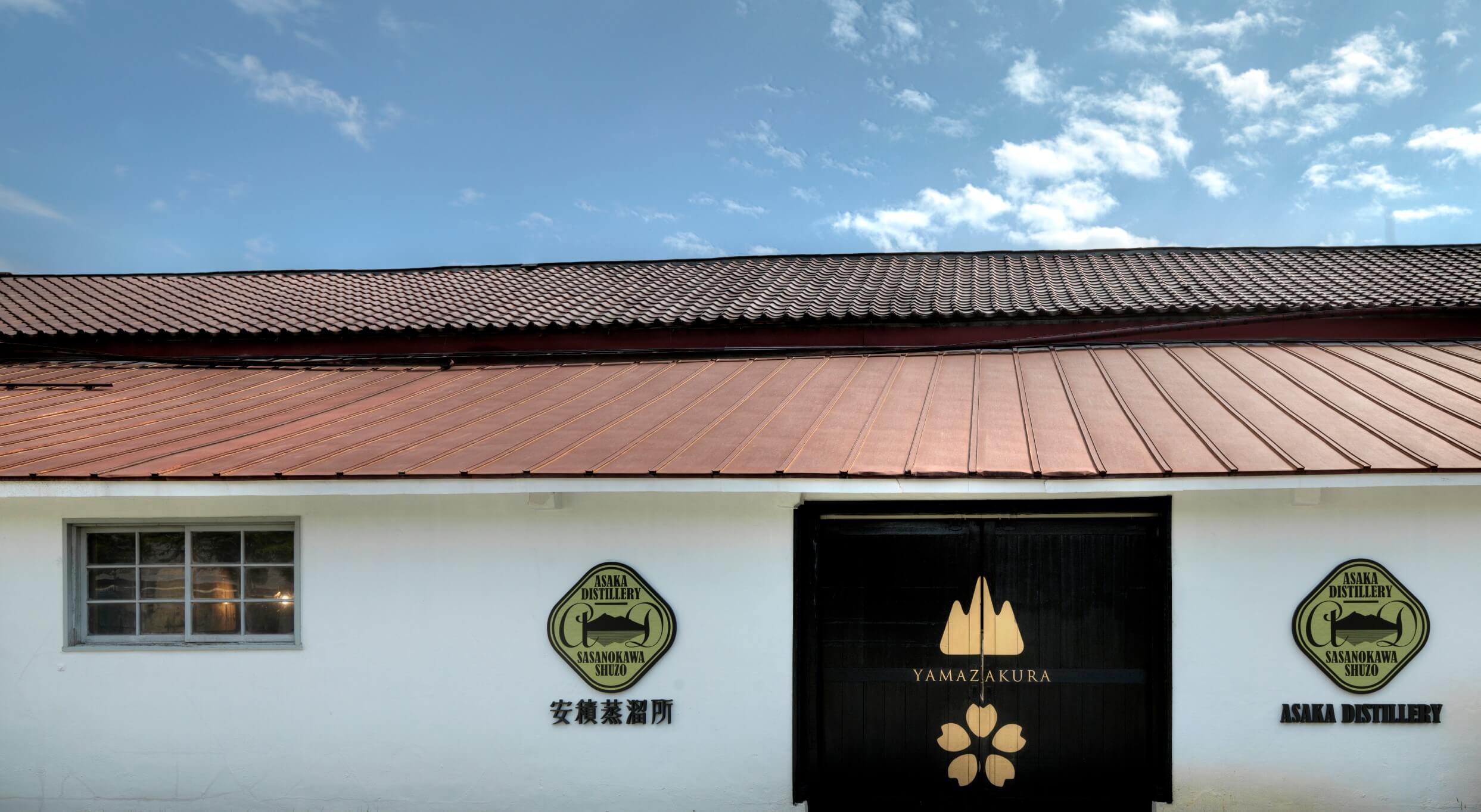
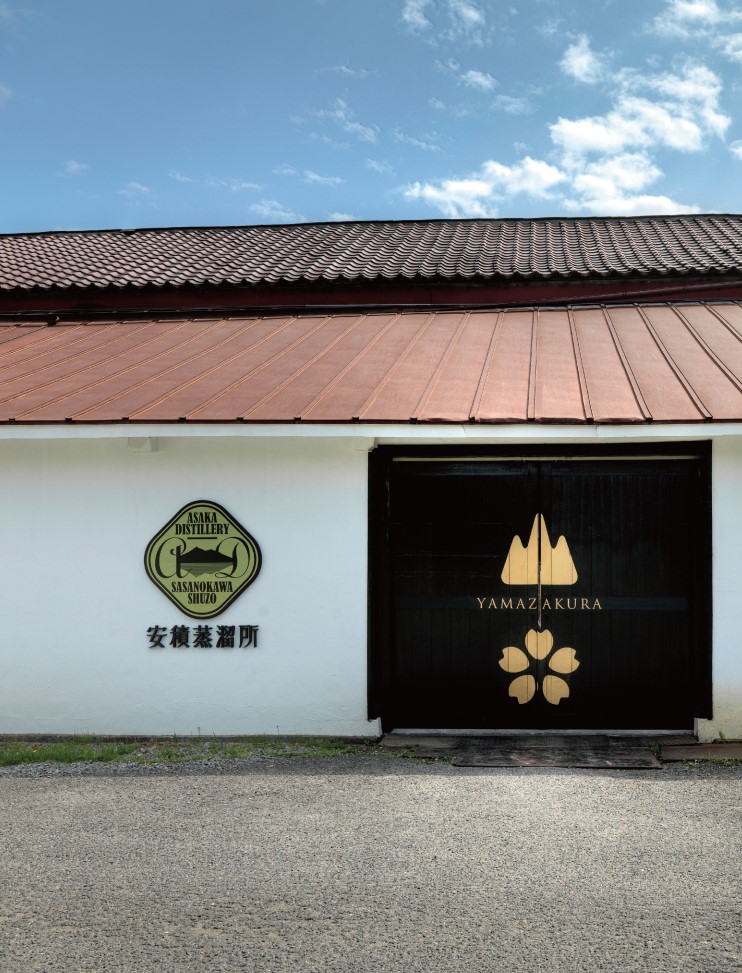
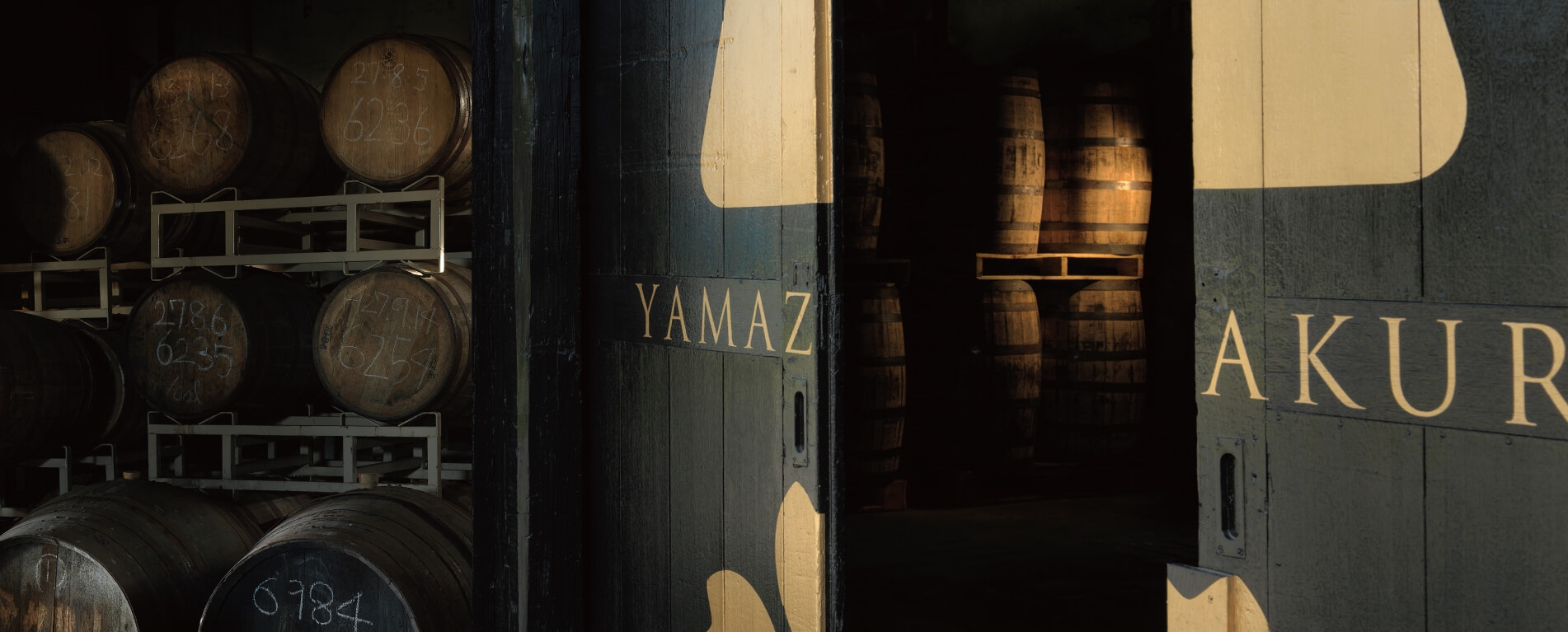
To a far away time
In the winter of 2016 our historic earthen-walled storehouse was relocated from its original location for use as the "Asaka distillery". The white plaster walls of the distillery hold pot stills, mash tanks, and other equipment. Factors including the climate, environment inside the distillery, shape of the pot still, and differences in the casks give birth to an infinite variety of flavors, and determine the individual character of the Asaka distillery.
Precisely because our whisky can't be produced in mass quantities, we hope you'll enjoy its unique character.
Japanese whisky has drawn much attention due to the unprecedented whisky boom taking place in recent years in the west. Thanks to its many fans, the bottles released by the Asaka distillery are no exception. However, once this current boom subsides we believe the test will be determined in our passion for whisky brewing and love for the climate in which we were raised. Our chief brewer wants to approach whisky with the same sincere diligence with which we brew sake. Looking to the future; 10 years, 20 years and beyond.
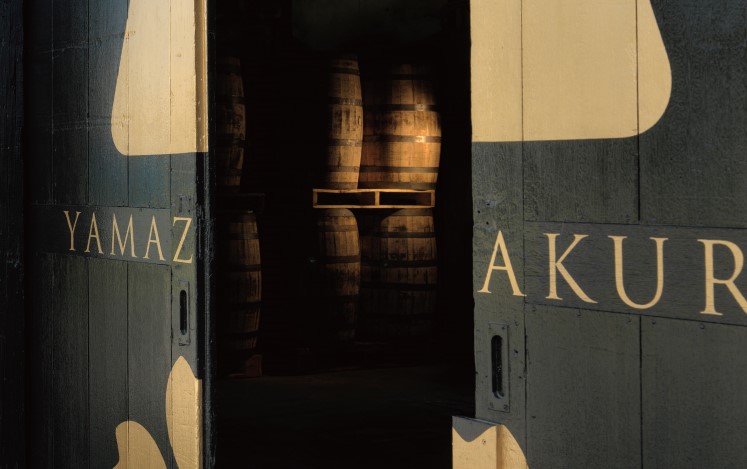

With the blessings of
the Asaka canal
From ancient times Asaka plain had been and untamed wilderness which had never been plowed. Then in the Meiji period, the Prefectural governor Yasuba, Yasukazu and Section chief Nakajo, Masatsune, dedicated themselves to cultivating new land in places that lacked easy access to usable water.
In 1873, thanks to Nakajo's passionate appeal, a group of 25 Koriyama merchants established the "Kaisei-sha". The company endured continual hardship until the Taisei period, with nothing yet to show for their efforts 6 years after founding. But thanks to their hard work, the 25 were granted an audience with the emperor during his Imperial tour of 1876. When the Secretary of the Interior, Okubo, Toshimichi, came for the preliminary examination, Nakajo proposed building a canal. And his plan of to dig a tunnel to Lake Inawashiro and build a canal to bring water to Asaka wilderness, was approved, with construction beginning as a national project in 1879. Under the direction of Dutch engineer, Cornelis Johannes van Doorn, modern civil engineering techniques were put into practice in Japan in the construction of a canal for the first time. And a mere five years after construction began, water flowed into the canal. Thereafter, Japan's second hydroelectric station was built, and Koriyama underwent further development until it became the city it is today.
One of the original 25 founders of Kaisei-sha was the grandfather of the current head. The founders of Kaisei-sha dreamed of the future development of Koriyama. That dream is connected to the present in our dream to make whiskey for the future. In 1878, Kaisei-sha members planted cherry trees along the banks of the canal for "our descendants in a future we may never see". Today, these trees have been confirmed as the oldest someiyoshino cherry trees in Japan.
In April 2016, the Asaka canal was registered as a Japan Heritage site, under the name of "The Canal That Ensured the Future of Asaka-Okubo Toshimichi's Last Dream and the Footprints of a Pioneer-"



The wind is blowing.
A cold wind that blows fiercely when the time comes to greet the winter.
The wind blowing down Mt. Bandai seems to bring an unseen power to whisky as well.
Every drop is captured in casks to mature, letting years accumulate in the unique Asaka plain climate.
Our whisky sleeps within casks, listening to the sound of the wind,
condensing under the heat and cold of the dark storehouse,
waiting for the time to awake and go out into the world.
The unique character brought by the wind is surely the very character of the "Asaka distillery".
